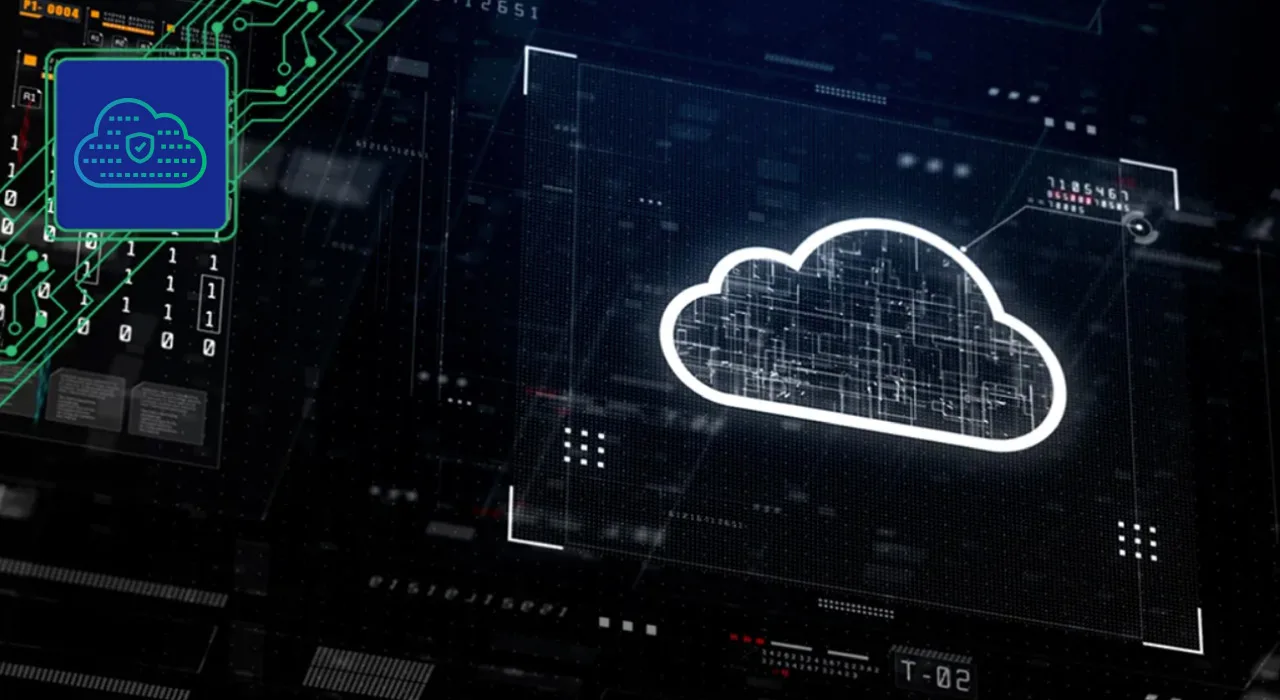Security Operations and Management

Security Operations and Management
Security operations and management, SecOps, entails the planning, coordination, and execution of activities to protect an organization’s information assets and infrastructure. This includes establishing and enforcing security policies, conducting risk assessments, and implementing security controls. Security operations also encompass incident response, monitoring, and analysis to detect and mitigate security incidents, while management focuses on strategic planning, resource allocation, and ensuring compliance with industry regulations and standards for a comprehensive and effective security posture.
Cyber Security Management System
A framework for managing an organization’s cyber security policies, procedures, and technical controls. It aims to protect assets, detect vulnerabilities, and ensure compliance with regulations.
Extended Security Intelligence and Automation Management (XSIAM)
A comprehensive platform that combines security intelligence with automation. XSIAM enables real-time threat detection, analysis, and automated remediation across multiple security domains.
Network Security Management Risk
The potential vulnerabilities and threats associated with managing a network’s security infrastructure. It involves assessing risks and implementing controls to mitigate them.
SD-WAN
Sofware-Defined Wide Area Network, a type of networking technology that uses sofware-defined networking (SDN) principles to manage and optimize the performance of wide area networks (WANs).
Unified Network Security Management
An integrated approach to managing security across an organization’s network, combining various tools and processes into a single centralized system.
Elastic XDR
A scalable extended detection and response solution that adapts to evolving cyber threats. It provides real-time monitoring, analytics, and automated responses across various security layers.
Information Security Management System (ISMS)
A systematic approach for managing sensitive company information. ISMS includes policies, processes, and IT controls to ensure data confidentiality, integrity, and availability.
Network Security Policy Management
The process of creating, implementing, and maintaining policies that govern how a network’s security measures are applied and managed.
Security Information and Event Management (SIEM)
A solution that collects and analyzes security-related data from various sources, providing real-time monitoring, alerts, and reports for threat detection and compliance.
XDR Vs. SIEM
While both XDR and SIEM aim for threat detection and response, SIEM focuses on log-based correlation and rule-based detection, while XDR leverages advanced analytics, machine learning, and behavioral analytics for more proactive and adaptive threat detection.
Extended Detection and Response (XDR)
An integrated security solution that goes beyond traditional endpoint detection, offering visibility and automated responses across networks, endpoints, and cloud environments.
Network Security Management
The practice of administering and maintaining network security measures to protect against unauthorized access, data breaches, and other cyber threats.
Risk Management Strategy
A plan outlining how an organization identifies, assesses, and mitigates risks related to its cyber security posture. It includes proactive and reactive measures.
Security Intelligence
The collection and analysis of data to identify potential security threats and vulnerabilities. It informs decision-making for proactive cyber defense measures.

Application Security

Breach Prevention

Cloud Security

Network Security
CONTACT US
Ready to chat with our experts?
CONTACT US
Ready to chat with our experts?
Like what you see? Looking for a deeper understanding? Or simply, looking to act and secure your enterprise today? Let us know how we can help you and we will connect you to the right person as soon as possible.